A key railroad station for fifty years, from 1929 to 1979, the 17-story Art Deco-style station, designed by architects Fellheimer & Wagner for the New York Central Railroad, the Buffalo Central Terminal is a symbol of abandonment. A prized site for urban explorers and lovers of challenging restoration projects, the terminal is now owned by a nonprofit restoration group, Central Terminal Restoration Corporation, that has been slowly working to return the building to its original glory.
During the late 1800s, the city of Buffalo has several railroad stations when it was determined that a single station would be best. In 1889, a Union Station, so named because it would tie all of the existing stations together, was proposed to be built on the site of the future Central Terminal. Union Station was never built, but it was the beginnings of something great. Buffalo was a quickly growing city when it was decided that Central Terminal would be erected. Planning was underway by 1924, with a finalized decision to build the terminal in 1925.
A team of architects was hired to build the station two years later, in 1927, with a total budget of $14 million. A grand opening ceremony on June 22, 1929, was attended by 2,200 invited guests. Speakers included Henry Thornton and Frank X. Schwab. The celebration, though, and the faith in the continued growth of Buffalo, New York, stands in stark contrast to the conditions today. Buffalo has stalled, with many of its industries dying off or moving to new locations, and the terminal could no longer operate with a shrinking budget.
After closing to passenger traffic in 1979, the Buffalo Central Terminal was purchased by a realty company for only $75,000. For years, the site was used by the new owners for a series of events, from floor hockey games to galas to markets and more. The owner loved the building so much that he had part of it renovated as an apartment so he could live on site. In 1984, the terminal was placed on the National Register of Historic Places. But that couldn’t save it.
Two years later, in 1986, the owner defaulted on his taxes and the Bankruptcy Court forced a foreclosure sale. The terminal was put up for auction, but only one person bit, paying $100,000. The new owner left the building abandoned and decided to strip various architectural elements from the site to sell, piece by piece. The stripping of artifacts was rough, with trucks damaging several of the most famous statues. The new owners sold lights, mailboxes, signs, railings, and more. Because the large building was unsecured, everything else that could be stolen was stolen. The only thing that saved the entire building from demolition was the estimated expense of $12 million, or 120 times what it was sold for.
Today, the building is owned by a nonprofit corporation that bought the terminal for $1. They also assumed about $70,000 in taxes. The Central Terminal Restoration Corporation (CTRC) holds about 20 fundraising events in the building every year in order to raise money to restore the structure. So far, the CTRC has restored the exterior tower clocks on the tenth floor, and secured a state grant to secure the complex. In 2003, the building was reopened for public tours. Thousands of people visit every year.
2016 may be a turning point for the art deco gem. The structure has attracted a Canadian developer who wants to renovate the property as a mixed-use facility. At the same time, Buffalo’s small downtown Amtrak rail station suffered extensive ceiling damage. The temporary closure has spurred local and state officials to explore a new station for the city with Central Terminal as a leading candidate.
In July 2017, the Urban Land Institute went to Buffalo to conduct a comprehensive study of the Central Terminal and the surrounding Broadway-Fillmore neighborhood to analyze reuse and restoration.
Update May 2018: The site is posted no trespassing, and at this time the Terminal is open and accessible to visitors only during events. Current info and events can be found at buffalocentralterminal.org
Know Before You Go
Regardless of when,you go it is very cool/cold inside. If you take a tour ask if you can see the secret exit where the monsters used to get picked up. Downstairs. Much of the gilt images can still be seen on ceilings and walls.

















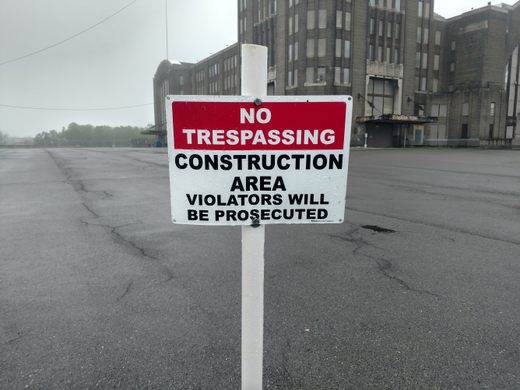
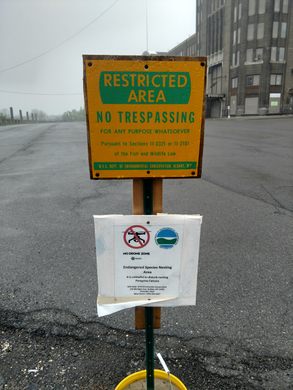




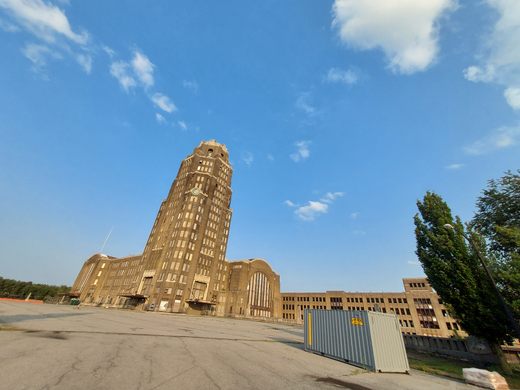


















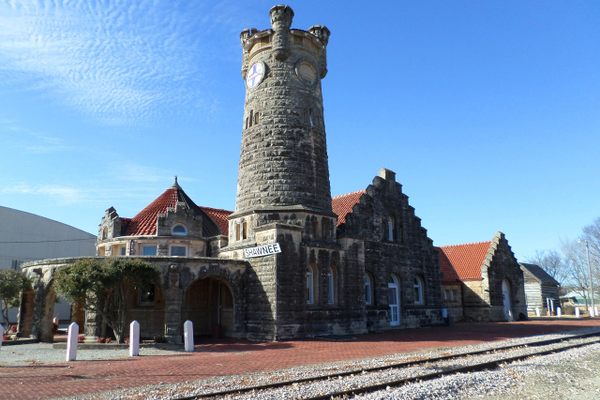

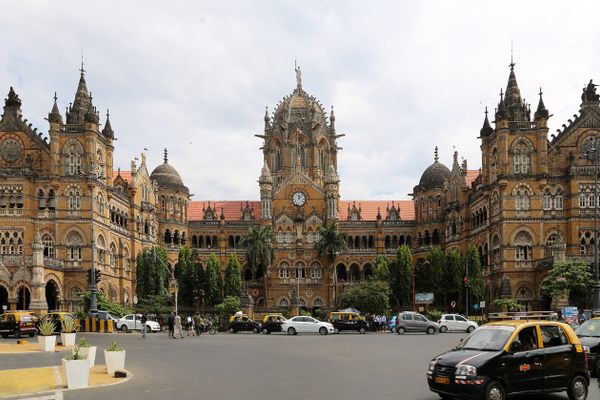
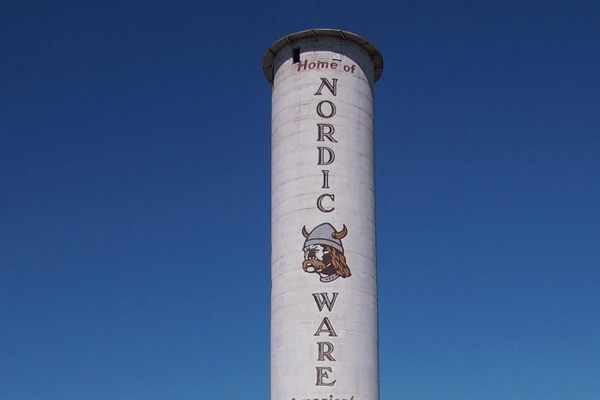

Follow us on Twitter to get the latest on the world's hidden wonders.
Like us on Facebook to get the latest on the world's hidden wonders.
Follow us on Twitter Like us on Facebook